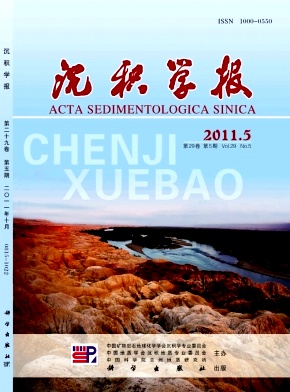Identification and Application of Sequence Boundaries and System Tract Boundaries for the Triassic of Tarim Basin
- Received Date: 1900-01-01
- Rev Recd Date: 1900-01-01
- Publish Date: 2011-10-10
-
Key words:
- Tarim Basin
Abstract: Although predecessors have researched the sedimentation and sequence stratigraphy of Tabei area, the basin wide sequence stratigraphy is considered little. Using the theories and methods of sequence stratigraphy and modern sedimentology, emphasizing the overall research of the whole basin, we analyzed seismic data, logging and drilling core data of Triassic in Tarim Basin and identified the boundaries of sequences and system tracts. And five sequence boundaries with isochronous are developed and four thirdorder sequences are divided. According to division of internal structure,a unified sequence stratigraphic framework between well and seismic is established in platform area. Affected by tectonic activity and other factors,the characteristics of lateral distribution and internal structure in each sequence are different. SQ1 and SQ2 gradually overlap to the southern slope of Tabei uplift, SQ4 is suffered extensive uplift and erosion in Tazhong area, the distribution of each sequence is more stable in the inner basin. Braided delta and lake is the main sedimentary facies,which represents the deposition of broadshallow depression lake basin. As the main sedimentation type, braided delta is located in the slope area of Tazhong and Tabei, lake is deposited in the central basin. The favorable reservoir sand is formed by braided channel, underwater distributary channel, channel mouth bar and longshore bar. The identification of sequence boundaries and stratigraphic framework will improve the accuracy of reservoir prediction and provide foundation for integral deployment of petroleum exploration.
| Citation: | CHEN Xu. Identification and Application of Sequence Boundaries and System Tract Boundaries for the Triassic of Tarim Basin[J]. Acta Sedimentologica Sinica, 2011, 29(5): 917-925. |






 DownLoad:
DownLoad: